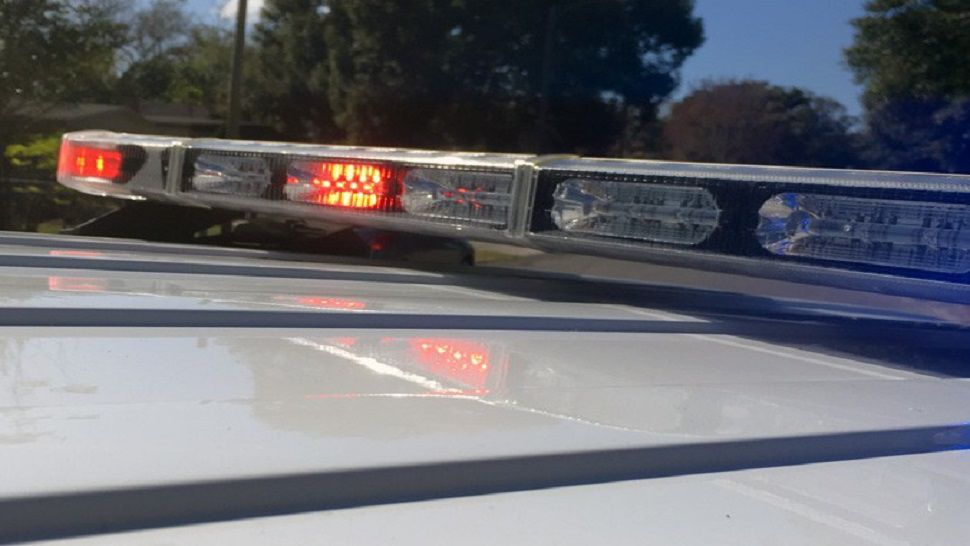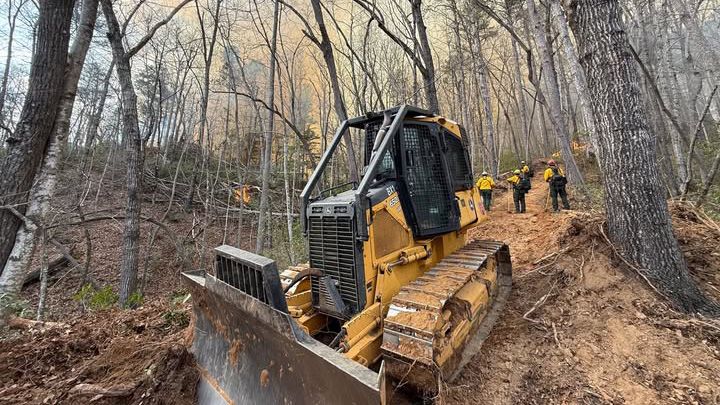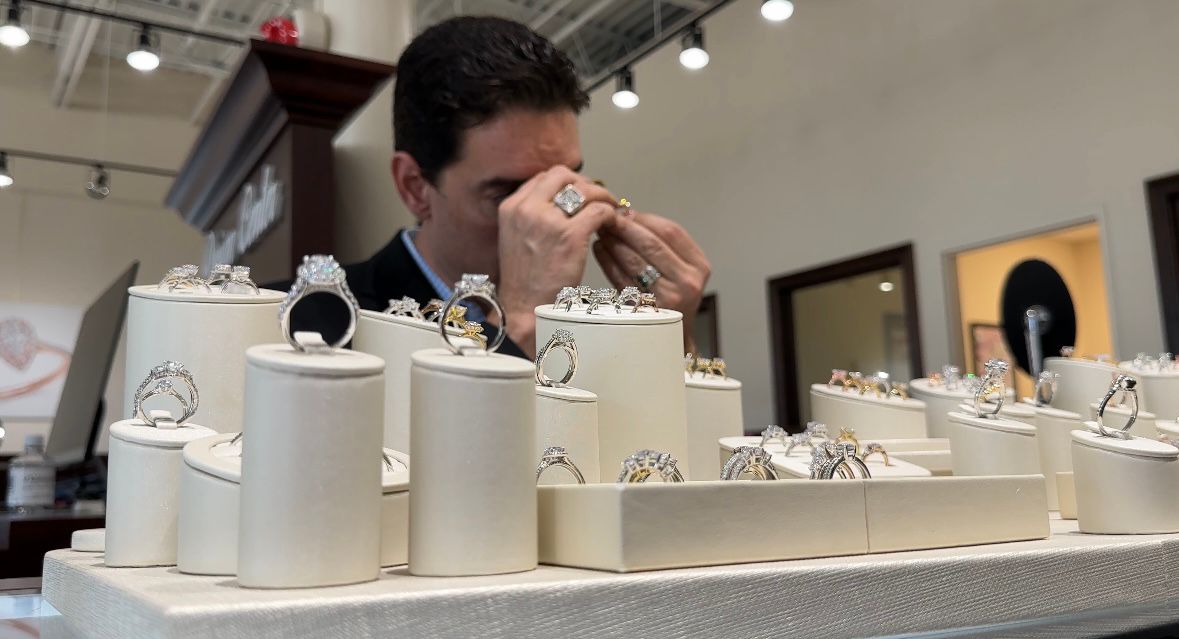GARNER, N.C. – Every other Friday night during the summer, fans flock to a quarter-mile oval in the heart of North Carolina's most populous county.
Stock car racing is North Carolina's state sport
Many prominent figures in stock car racing history, from Junior Johnson to Dale Earnhardt, were from North Carolina
Motorsports contribute more than $5 billion to the state's economy each year
Many race car drivers are second- or third-generation racers
Daniel Vuncannon is in his pit space by 1 p.m., long before Wake County Speedway's gates open to the fans. He and his cousin will spend the afternoon taking the car out onto the track, making adjustments and chatting with fellow drivers.
It's a family tradition. Vuncannon's grandfather raced stock cars and his father briefly raced stock trucks. Vuncannon raced briefly when he was younger and got back into it three years ago.
"It was a great experience, but at the same time humbling," he said. "There's a thousand different things you can do, different combinations to set the car up, and figuring all that out has been a lot of fun."
More than 50 ovals and drag strips can be found in North Carolina alone. There's Bowman Gray Stadium in Winston-Salem, which has hosted weekly races since 1949. There's Charlotte Motor Speedway, home of NASCAR's longest race, the Coca-Cola 600. Then there is Rockingham Speedway, which will host its first stock car races in eight years on November 6.
If these tracks represent the state of racing today, then Occoneechee Speedway bears silent witness to the racing of the past. Located just off I-40 in Orange County, Occoneechee Speedway is one of three surviving tracks from NASCAR's inaugural season in 1949, and the only surviving dirt track. The track, stands and some of the buildings are preserved today as a nature park.
Track historian Laverne Zachary said NASCAR founder Bill France spotted what was then a horse track from an airplane and decided it would make a good spot for the fledgling auto racing series. The track hosted two races a year for the next two decades.
Frank Craig's father worked security for those races, and Craig said he attended almost all of them.
“I used to sit back there where the fence line was and watch them come in,” he said. “We would get here early, probably 6 or 7 o'clock in the morning. When we got here, NASCAR would fix breakfast for everybody that worked here, so I got to meet all the drivers and the officials.”
The track contributed to the careers of many of NASCAR's future stars. The names of Junior Johnson, Lee and Richard Petty, David Pearson, Fireball Roberts and Ralph Earnhardt can all be found on the track's winner board. Craig met the man who would become The King when he was just starting out.
“He cleaned his hands, walked over to the truck, got a picture of his '62 Plymouth and asked me what my name was,” he said. “Back then, everyone called me Frankie, so he signed it, Frankie, Richard Petty.”
That led to an exchange that became humorous in hindsight when Craig showed the autographed picture to his father.
“He said, 'Well, I'll tell you one thing, he won't be no Lee Petty,'” Craig recalled, laughing.
Despite NASCAR's growing popularity, the neighbors increasingly complained about the large crowds and the noise. After one last race in 1968, which Petty won after a battle with Pearson, the league walked away and the track fell silent for good.
Fortunately, not all tracks shared the same fate.
Wake County Speedway opened as a dirt track in 1962, was paved in 1987 and last year was designated a Home Track by NASCAR. Track managers said among other things, that means help obtaining tires for the drivers. Unlike what you see in the NASCAR Cup Series, Vuncannon said each driver receives two fresh tires per event. Those tires must last him through qualifying and any races he enters in a night.
On July 9, showers and storms popped up throughout the Triangle all afternoon. One briefly passed over Wake County Speedway, forcing a rain delay. Vuncannon and several other drivers took their cars slowly around the track, using the heat from their low-mounted engines to help dry the pavement. After a shortened qualifying period, the track was back in business.
Despite the high-speed action on the track, Vuncannon said the best races happen when drivers let things settle in for a few laps before they start making their moves.
“When people start to give it all they got to start with, people wind up tearing stuff up, and that ain't a lot of fun,” he said.
Vuncannon ended up getting in much more racing than he expected. Although he had planned to only run in the 60-lap late model race at the end of the evening, he stepped in at the last minute in place of another driver in the track's mod-4 class, similar to the late models but using four-cylinder engines instead of V-8s. Vuncannon said such arrangements are not uncommon.
When the green flag at last dropped on Vuncannon's late model race, he was on the front row. The eight cars in the field weren't the most he had faced, but he said they were enough to put on a good show. Vuncannon stayed near the front for the entire race, finishing second.
“We got a little bit to work on to catch that 7 car,” he said in the pits afterward. “But we'll find it. We'll figure it out.”
Vuncannon, the other drivers on the track and the fans are all part of a multi-billion dollar industry. A 2003 study by UNC-Charlotte, the only comprehensive study done to date, found the motorsports industry's direct and indirect impacts added just over $5 billion to North Carolina's economy. More than 24,000 people were employed in some way by the motorsports industry. The total value added came to just over 1% of the gross state product.
For Vuncannon, though, the importance of stock car racing goes beyond its economic impact.
“There's not much like it, it's good people, good family fun, good fellowship and good entertainment,” he said.









)
